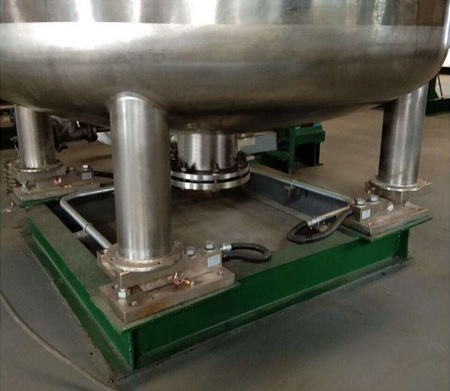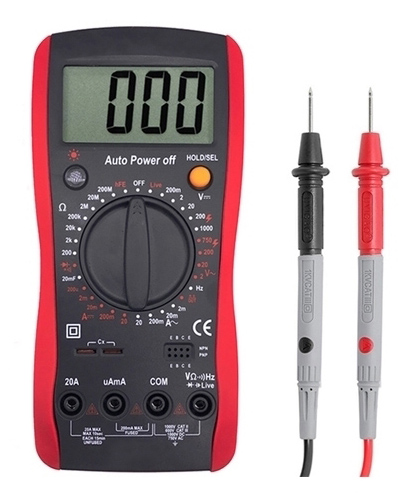How to test a load cell?
Load cell is based on the principle that resistance changes when the resistance strain gauge pasting on the surface of elastomer is forced deformation. Load cell converts the change of resistance to mV signal so as to complete the process of converting external force into electrical signal.
Pre-Removal Checklist
According to its principle and structure, the fault of strain gauge load cell is often caused by some human or natural factors. Therefore, the following problems should be considered carefully before removing the load cell from the weighing system:
- Check whether it is a fault of system force transmission, it may be due to dust, misalignment of mechanical parts, delay of force element transmission and other reasons rather than the fault of load cell.

- Check whether there is any damage, corrosion or obvious abrasion in the force transmission part of the system. Especially in winter, carefully check whether the force transmission part is frozen, which affects the force transmission and resetting of the system.
- Check whether the limiting device of the system works and its clearance meets the requirements.
- Check whether the load cell cable is correctly connected with multi-channel load cell junction box and digital display controller, and whether there is disconnection or poor wire connection; especially check the reliability of wire connection in nine-core plug of bus and wire connection in junction box.
- Check whether there is any fault in junction box and digital display controller, especially in the potentiometer and connecting terminal of junction box.
- Check the corrosion of load cell (especially in paster hole areas), completeness of the load cell cable, environment at the entrance of load cell cable, etc.
Load Cell Fault Diagnosis
When the load cell controller and scale are ensured to have no fault, unbalanced loading test can be carried out to preliminary judge which load cell has a fault.
The multimeter (measuring accuracy can reach ±0.1Ω and ±0.1mV) and megger insulation tester (test the insulation strength of load cell, the recommended measuring range is: 5000MΩ under DC 50V), oscilloscope, mV generator and other instruments can be used to test the quality of load cell. Measuring load cell's performance and technical parameters compare with the technical data provided by the manufacturer's instructions so as to find out which load cell has a fault. The specific detection method is as follows:
Test insulation impedance
Cut off working power supply and disassemble the output & input wire of the load cell one by one. If the multimeter shows that the output and input impedance, the insulation performances of signal cable and shielding layer decline (generally impedance ≥5000MΩ), this load cell can be judged to have a fault.
Test bridge impedance
Testing bridge impedance is to detect the bridge completeness of the load cell. The load cell should be disconnected from the load cell junction box and other testing facilities when detecting. The input & output impedance test is to measure the impedance values in turn at the input & output terminals of the load cell with the multimeter, and compare the test values with the product original values.
The confirmation of bridge symmetry refers to measure the impedance between one input terminal and one output terminal with the multimeter, and obtain 4 sets of impedance values by measuring in turn. In the fully symmetrical compensated load cell, the range value of 4 sets of impedance values should not be greater than 1Ω (for a multimeter with low precision, this value should not be bigger than 2Ω).
Test output signal
If the impedance method fails to test the quality of load cell, further detection can be carried out by this method. When the load cell is powered on, disassemble the output wire of the load cell one by one. It's very important to note that be careful to operate in the process of wire disassembling so as to prevent electric shock, and the output wire and input excitation wire should not be short circuited. In the case of no load, the DC mV of the multimeter is used to test its mV value.
Suppose the rated excitation voltage is U (V), the sensitivity of the load cell is M (mV/V), the payload of load cell is K (kg), and the rated capacity of the load cell is F (kg), then the output voltage of each load cell should be: U*M*K/F (mV).
In general, the output mV value of the load cell with the same model in same weighing apparatus is basically the same in the case of no load. If this load cell exceeds the calculated value or the rated output of the load cell, and the output is unstable, it can be judged to have a fault.
Buying cheap load cells on ATO.com now, s type load cell, compression load cell, shear beam load cell, micro load cell ...

